10 Tips For Ice Fishing Safety
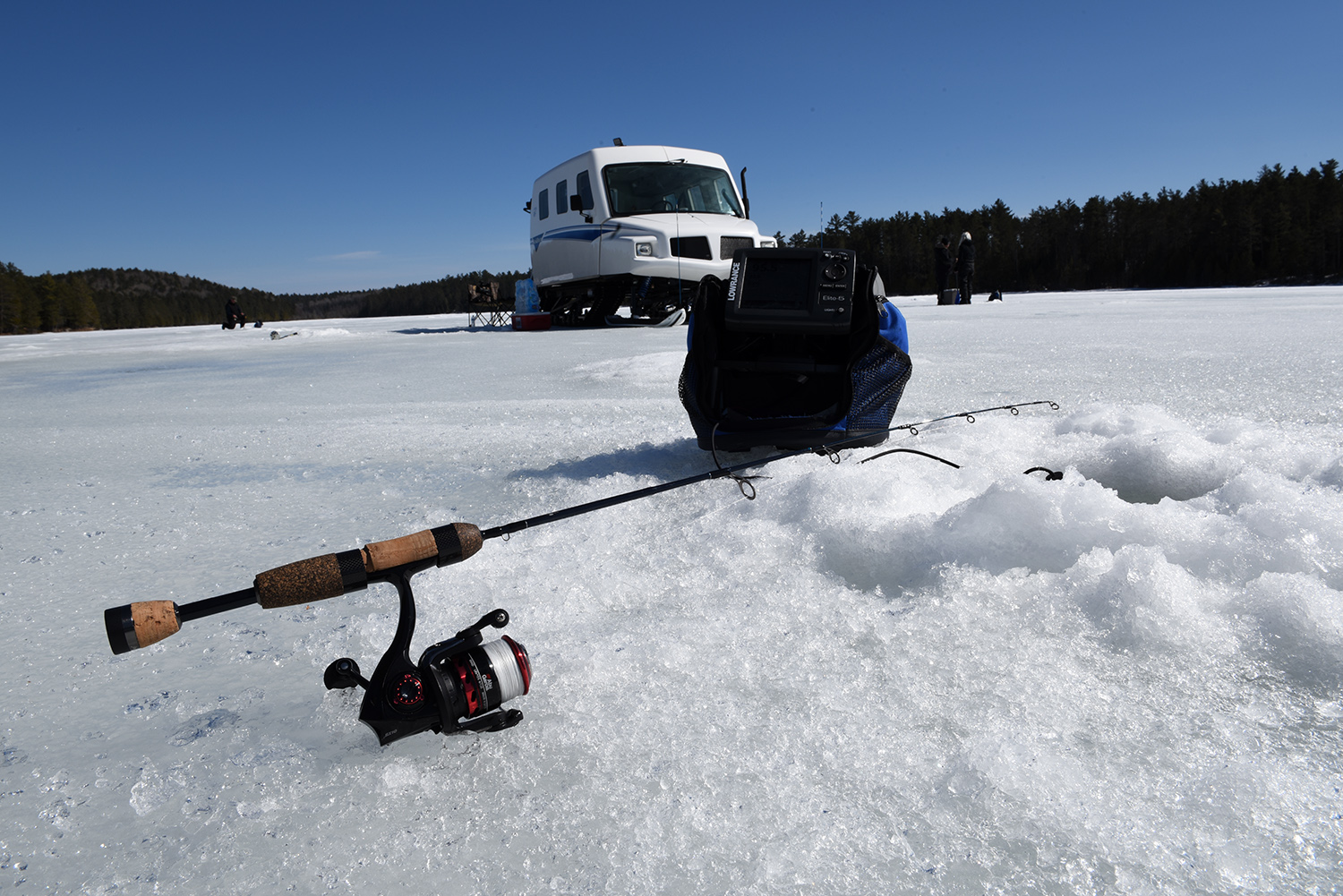
Ice fishing is as Canadian as hockey and beavers, and tens of thousands of anglers take to the frozen lakes and rivers each winter for a fishing fix. There’s no question that a day on the ice can be a lot of fun, but it also comes with some inherent dangers, so proper preparation is one of the keys to ensuring a safe day on the hard water.
1. Know The Ice
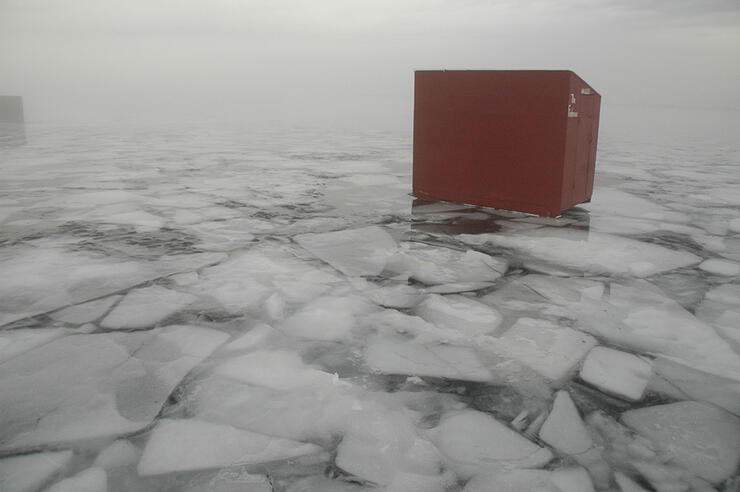
The only thing keeping you from a frigid dip in the drink is the thin layer of ice that covers the lake. Before you head out, be sure the ice is safe. Be aware that ice is never uniformly thick; dangerous areas frequently occur around river mouths, underwater springs, beaver dams, and dark, rocky shorelines. Clear blue ice is generally the strongest, while white, honeycombed ice is only half as strong.
2. Dress For Success
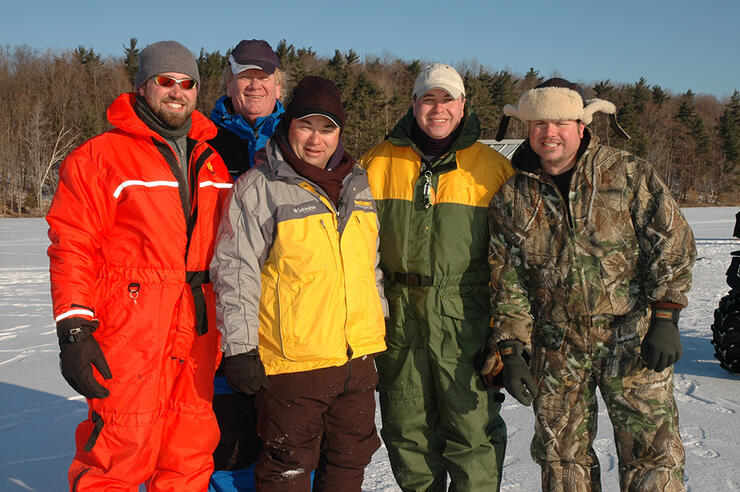
You never know what the weather will bring, so be sure to dress for the worst. This is especially true if you plan on fishing backcountry lakes or areas where help may be a long way off. A broken snow machine, a personal injury, or getting turned around in the bush could result in you having to hunker down for several hours or even overnight. Make sure you are prepared. It’s easy to peel off a layer of clothing or two if the weather gets warm, but you can’t put on extra layers if they’re still at home.
3. Food For Thought
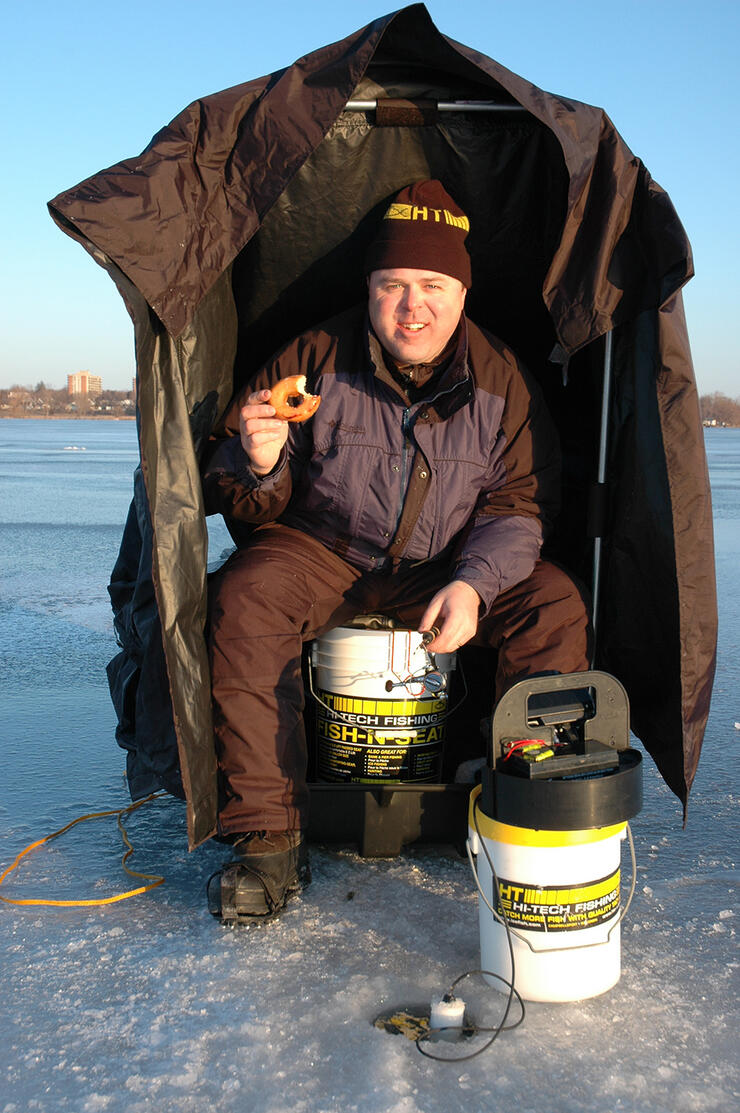
Cold weather combined with physical exertion can sap your energy quickly, and if you run into trouble, your next meal may be a long way off. A couple of snacks and a bottle of water or a thermos of coffee can help replace lost energy, and can even help you survive if you run into a situation that keeps you out longer than expected.
4. Phone Home

Always carry a cell or satellite phone when you’re heading out ice fishing, so you can call for help if the need arises. Tell someone where you are going and when you expect to be back, then let them know if your plans change. Besides the obvious safety feature, most cell phones come with built-in cameras, so you can record your day on the water without lugging an expensive camera. There are GPS apps and Navionics lake charts you can download to your phone as well. This one piece of equipment can do the work of several pieces of gear and should be a staple in your kit bag.
5. Stay Tuned
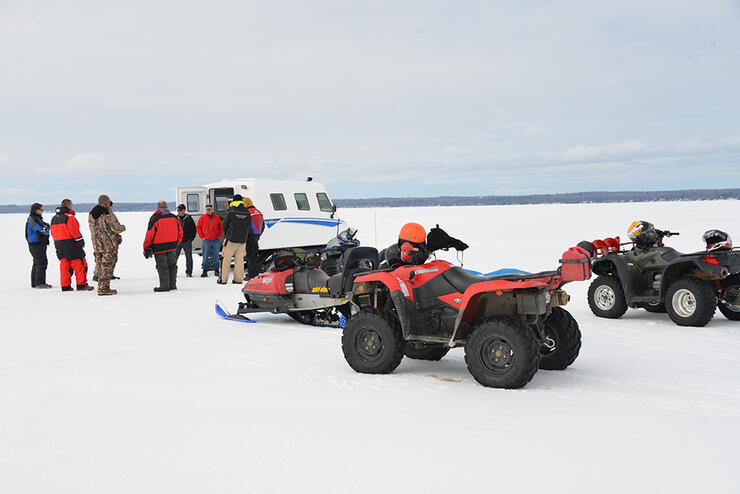
Mobility is the trend in ice fishing these days, and the best anglers are often the ones who can cover hard water quickly and efficiently. Snowmobiles, ATVs and the like make travel fast and easy, and there’s no doubt that they open up areas that walking anglers will never reach. If they’re running, that is. Mechanical devices have a way of acting up when the temperatures plummet, so be sure your machine is in tip-top running order before you head out. Have the engine tuned up, add a fuel stabilizer to every tank of gas, and always carry a few spare parts like belts, hoses, and spark plugs.
6. Pack Right, Pack Light
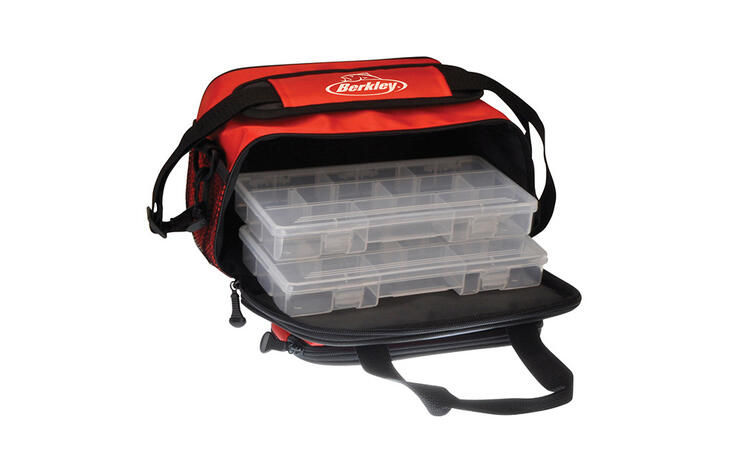
Ice anglers are somewhat restricted in the amount of gear they can carry, so why load up with unnecessary tackle? For example, if you’re heading out for perch, put your perch tackle in a small, flat tackle tray and leave your big jigging spoons at home. If you are planning to fish multiple species, take a tray for each. Even five or six trays packed into a bag will weigh less than a big tackle box, and the shoulder strap will make it much easier to carry.
7. Cutting Edge Tools
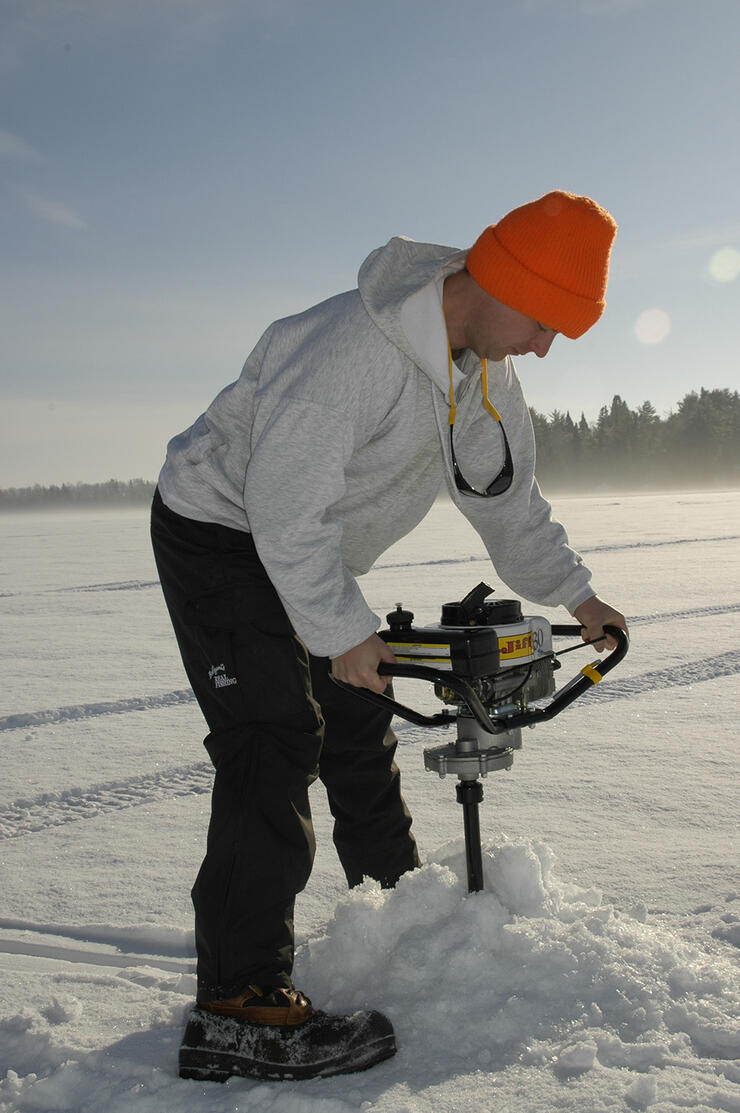
Before you can catch a fish through the ice you’ve got to cut a hole, and there’s nothing more frustrating than trying to hack through a foot or two of ice with a dull tool. Chainsaws and axes will work, but they are inherently dangerous, especially when their grips are wet or ice-coated. Powered or manual ice augers and spud bars are designed specifically for cutting through hard water, and they do a wonderful job as long as the blades are sharp. Whether you sharpen them yourself or simply add replacement blades, keep them well-honed and keep them covered when they are not in use.
8. Shacking Up
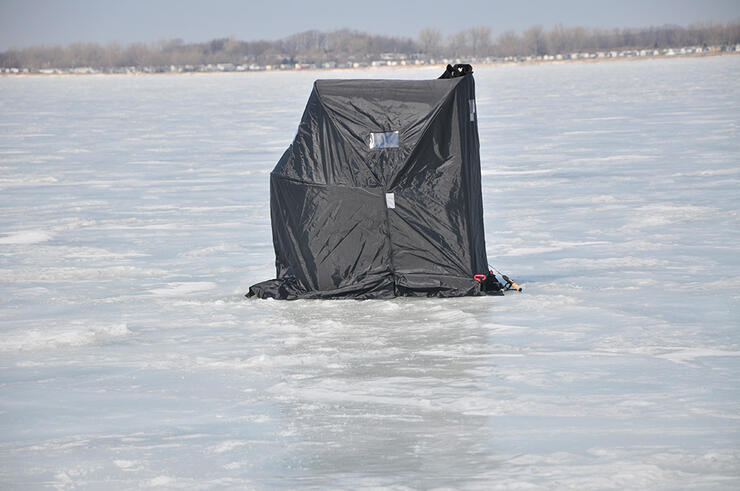
Portable ice huts are arguably one of the best pieces of equipment an ice angler can have. There’s nothing wrong with permanent huts, but fish move throughout the season, and a big, wooden shack can be brutal to move in the depths of winter. Portable huts give you the flexibility to go where the fish are while staying warm and comfortable. There are models that fold up and can be towed, others pack into a bag that can be carried on your back like a knapsack. Look for models that have some type of ventilation and are made from strong, water-resistant fabrics.
9. Float On
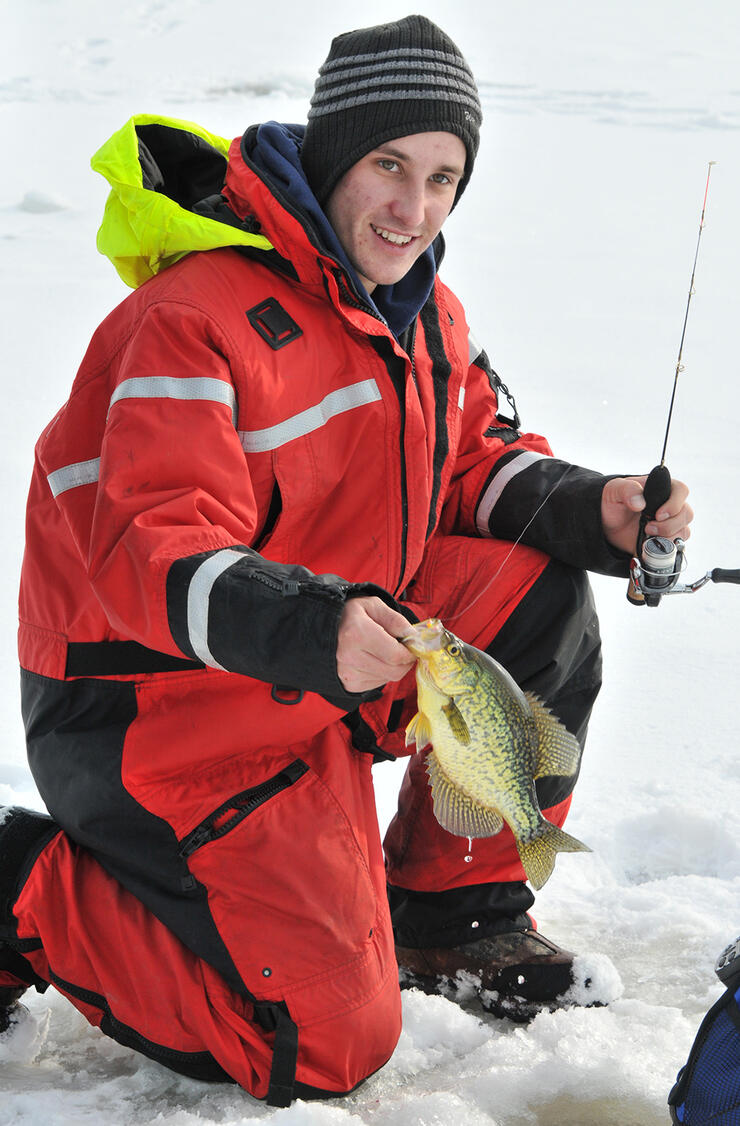
Smart boaters always wear personal flotation and ice anglers should do the same, especially if there’s any question about the integrity of the ice. Wearing a specialized flotation suit or an inflatable vest is cheap insurance should you or your machine ever break through the ice.
10. Sweet Heat
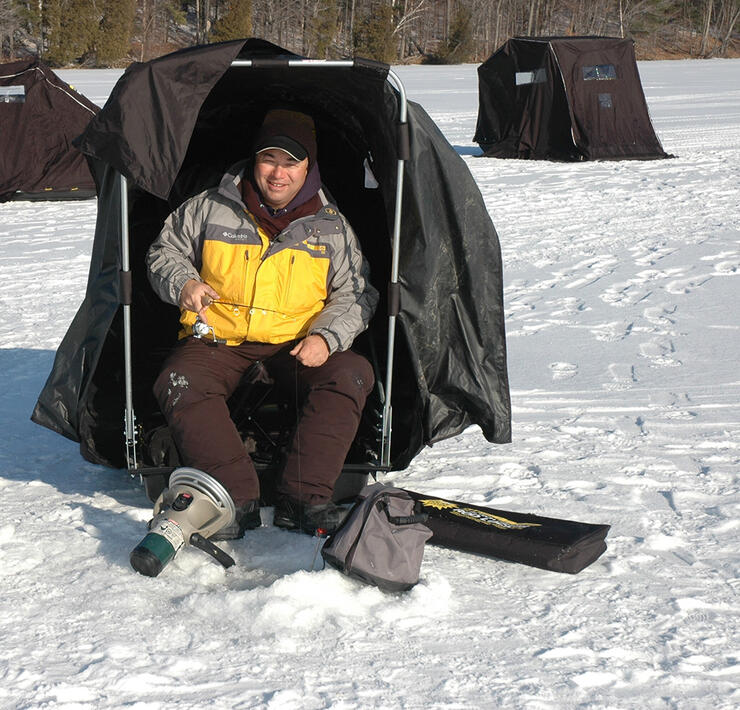
It goes without saying that the cold is one of the biggest obstacles to enjoying a day of ice fishing so some type of heat is, if not essential, definitely welcome. Simple hand warmers stuffed into your pockets or boots will keep your extremities from freezing on milder days, but they aren’t really suitable for long periods in extreme cold. When the mercury plummets, you’ll want to be inside some type of shelter with a more powerful heat source.
Whether you choose infrared, catalytic, propane, butane, or liquid fuel is a matter of personal preference, heating requirements, and budget. Whichever model you choose, make sure it is working properly and that you have plenty of fuel before you head out. Be familiar with how it works and always have your shelter properly ventilated.
Ice Safety Resources
Recommended Articles
Ontario Brook Trout
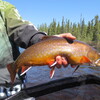
Top 10 Fly Patterns for Brook Trout
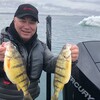
Spring Perch Fishing
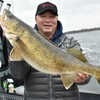
World Class Walleye
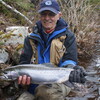
Steelhead Fever
Catching Ontario Walleye
Top 5 Musky Destinations in Ontario
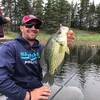
Ontario’s Top 5 Ice-Out Species

3 Great Ontario Walleye Destinations
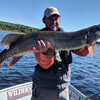
Northern Pike in Ontario - The Gear You Need

Top 5 Flies for Smallmouth Bass
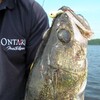
Spring Walleye

Steelhead and Salmon of Northern Ontario
Don’t Be Afraid Of Muskies

Summer Brook Trout

10 Facts About Lake of the Woods

5 Places to Shore Fish
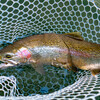
Equipment that's NOT Fly Fishing Related
Plan Your Fishing Success


